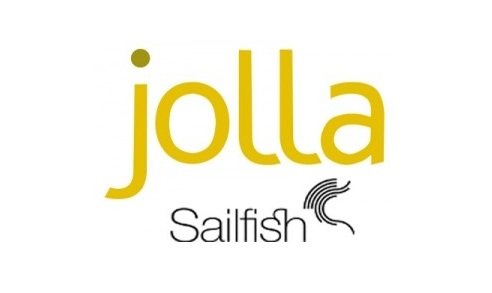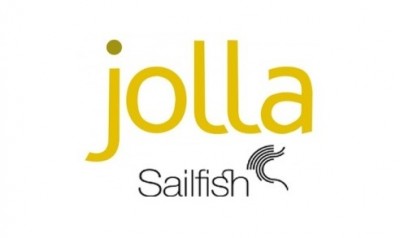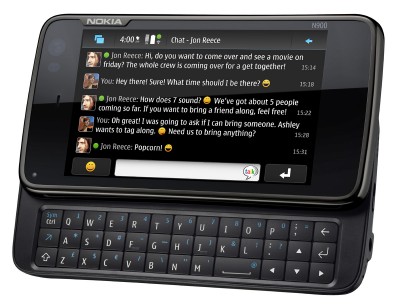
Jolla, Sailfish, and the Future of MeeGo
You may remember in my last article I explained the undying love I feel for my Nokia N9, which has since been replaced by an admittedly awesome, yet much less unique Android phone. This change was prompted by the N9s MeeGo operating system becoming more and more dated, and me not wanting to be left behind.
So with the N9 receiving no more support from Nokia, and the team behind it having all moved on from the Finnish mobile giant, it’s pretty safe to say MeeGo is well and truly dead, right?
Wrong.
Meet Jolla:
Jolla is a company formed and mostly consisting of the previous Nokia employees best known for the legendary N900 running Maemo, as well as the N9 running MeeGo.
Jolla is continuing their work from Nokia, and focusing all efforts into their new Sailfish operating system which is currently being developed and marketed to OEMs.
a great video demonstration of Sailfish OS
The first thing you notice about Sailfish is just how gorgeous it is, not only with the “glass and shining light” design of the user interface, but also with how well it moves, and the intelligence behind every aspect of its design; One of my favourite features in the UI is being called “ambience”, which turns what on any other device would be a simple wallpaper change, into a complete shift of the look and feel of your device.
It does this by looking at the general colour of your wallpaper, and based on this colour all of the menus, all of the text, and all of the apps on the phone change colour, creating an entirely new look for your device. It’s quite intelligent too, as your text colour changes to contrast the colour of your wallpaper, allowing it to remain legible against any background.
Another unique feature of sailfish are the interactive tiles, which provide quick functions that you can perform in any app, for example in the music app you can pause/play the music, or skip the current song without having to open the app, or in the contact app there is an option to go straight to your favourites, or to bring up a dialler. All of these options are just a gesture away when on your homescreen.
It’s really interesting to see a company focusing on innovative UI design as a selling point, rather than just touting hardware specs (Sailfish is being developed on the Nokia N950, so considering it’s running silky smooth on 2 year old hardware, we should be seeing Sailfish blazing on new devices in every price range) when compared to Apple’s iOS, which doesn’t seem to have changed much at all in their lifetime when it comes to the UI or hardware design, and Google’s Android, which apart from the UI not changing all that much since it’s introduction, seems to just be a giant spec war to see who can have the biggest screen or who can jam the most CPU cores into the phone (come on people, it’s a phone, do we need an octa-core processor to call people and check our facebook feeds?) This stagnancy in the current market makes a new player like Jolla really stand out as something fresh and new.
We should be seeing the first Jolla branded phones coming out at the end of the year, but I’ll be hanging out for a build that I can flash on my N9 in the meantime.
What do you think about the current state of the smartphone industry; are you excited about these bigger and more powerful devices, happy with sticking to the iPhone, or are you more interested in new and upcoming developments like Sailfish, Firefox OS and Ubuntu phone?
Let us know in the comments below.



